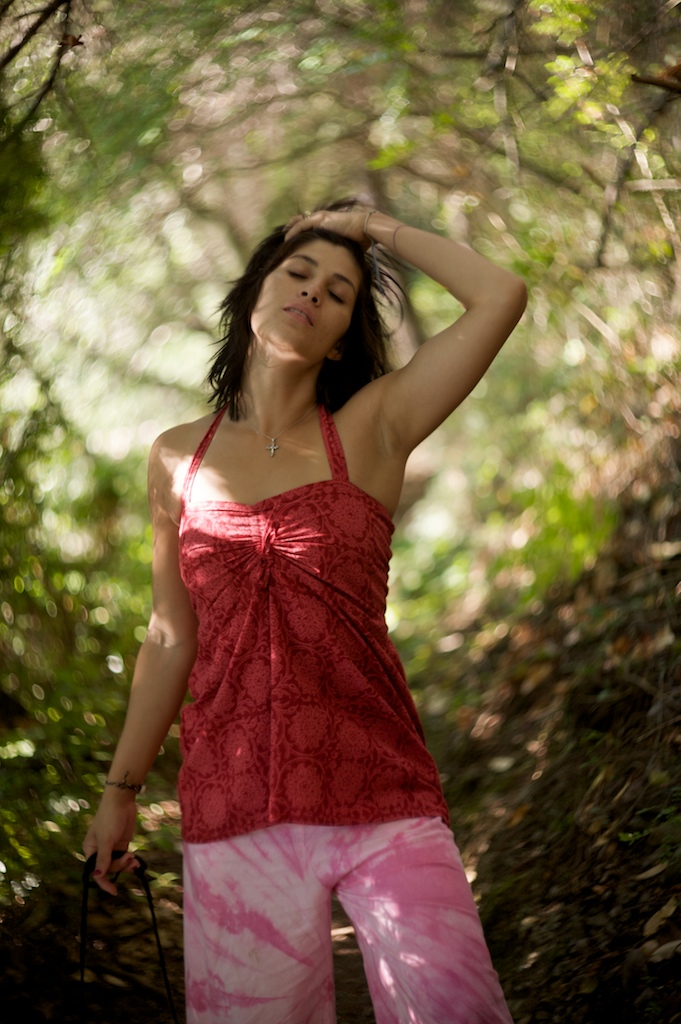magicianhisoka
Well-known
Same lens. Same day.

The bokeh here gave my brain a mini spasm. But on second and third glances, it isn't all that bad. Helps me to focus on the woman in the end.
Same lens. Same day.

I can see how the previous Mamiya example has less than beautiful bokeh, but I fail to see how this one is bad.
Can you help me? Just trying to learn. 🙂


or in the case of Roland's robin (?) or other russet chested bird...

If this were a competition, I'd vote for the first one as baddest of all.
Just a joke - bad bokeh if you are arachnophobic 🙂
Seriously, to the OP, when people show bad bokeh, they show some highlights in the background, leaves in sun-light, lamps at night, etc (*); often these photos look like lens tests and nothing more .... In the last couple of years, I have convinced myself that (a) these backgrounds make look almost any lens look bad and (b) for RFs, ugly background highlights are irrelevant, bad situations can mostly be avoided. The exception of course are examples like Andy's excellent second portrait, where the busy background is used for photographic purposes.
The only time these backgrounds are difficult to avoid is in wild-life photography. For example

But not many RF users shoot this kind of stuff anyways,
Roland.


I find this situation to be quite pictorial and an excellent photograph.
Some might say the oof area is distracting but I disagree.
He/she (the bird) has a "storybook" habitat in this photo that is quite charming.
It animates the bird into a character rather than just another bird. It becomes much more than a wildlife photograph.
Rolands timing and composition work perfectly with the "bad bokeh" in this case.
So you see there is no Bad Bokeh or Good Bokeh rather, good use or bad use.
Recently I gave up a Nikor LTM 35mm f1.8. This is a lens that when focused close and wide open has quite a wild side.
After years of struggling with it indoors in low light with close subjects I decided it belonged to someone who could better use the lens.
Wide open (and of course stopped down) at further distances it was great.
The point being. Some things are bad for some people and good for others or, there are not many bad tools rather bad choices of when to use them.
The new owner of my nikkor is much more of a classic street shooter than I and... is getting fantastic images.

The swirly hexagonal bokeh of the Hexanon 40mm f/1.8:
Hexanon Flow by grantb photos, on Flickr
...only useful for pictures of hexagonal things
Somewhere between 'very few' and 'none whatsoever', I would guess.I wonder how many non photographers (or viewers of but not makers of) think about bokeh?

